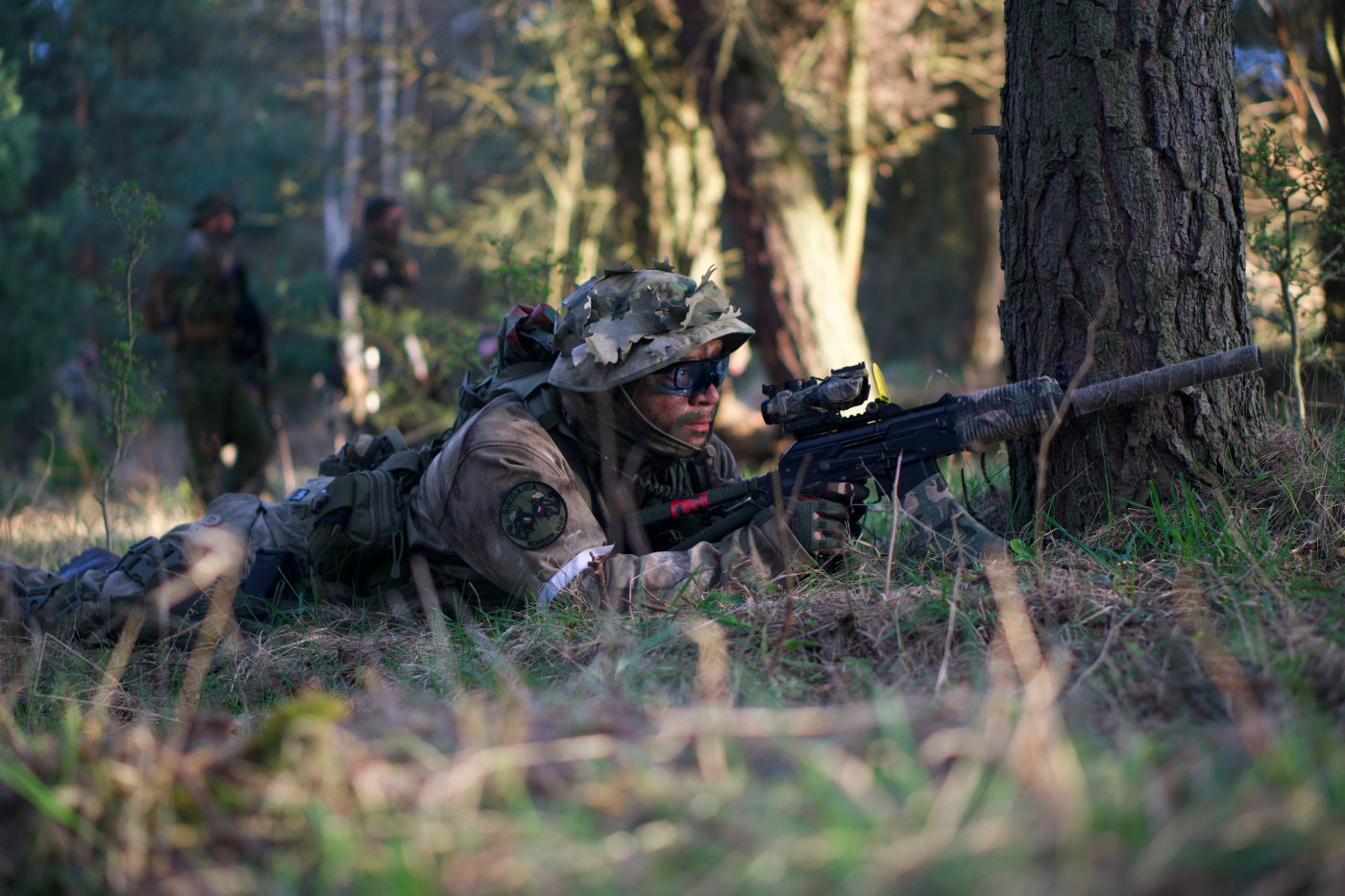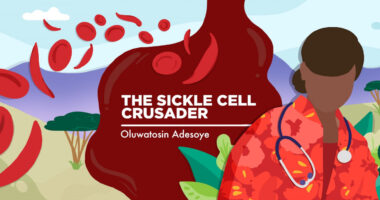US Army Begins Testing Recruits for Sickle Cell Trait

To identify at-risk service members, the U.S. Army has begun testing recruits for the sickle cell trait (SCT), and expects all to be screened within a year.
The testing began last month and is aimed at giving the Army a snapshot of how SCT has affected its ranks, and at giving soldiers an opportunity to address the condition, caused by a gene mutation passed down from one parent.
People with sickle cell trait inherit one sickle cell gene and one normal gene. Sickle cell disease (SCD), in contrast, is caused by defects in both copies of the HBB gene. In rare cases, however, mutations in one gene copy can lead to some SCD complications.
Enlisted recruits are tested at basic combat training as part of their initial screening to detect a variety of abnormalities and diseases. About 2% of recruits have been diagnosed with SCT since Nov. 2, a figure in line with the national average, a press release reported.
Having SCT does not disqualify individuals from military service or any military occupational specialty. Rather, getting a diagnosis is about making sure soldiers get needed care and support, said Maj. Sean Donohue, command surgeon at the Army Training and Doctrine Command’s (TRADOC) Center for Initial Military Training.
Recruits found to have SCT will meet with a healthcare provider, and be given counseling. Most people with SCT don’t have disease symptoms, although in rare cases some may experience such classic SCD complications as pain crises.
According to the U.S. Centers for Disease Control and Prevention, low oxygen levels, which can occur during the strenuous exercise of boot camp, are among conditions that could harm those with SCT. Symptoms may include fatigue, extreme thirst, headache, confusion, and dizziness.
Identifying SCT cases early can help Army personnel better distinguish “the difference between someone who may look like they have a heat-related injury from someone who has [SCT],” Donohue said. Identifying SCT symptoms is now part of the Army’s heat-related illness-prevention training that recruits receive when entering the service. At length, the testing will extend beyond basic training.
“This is an Army-wide operation,” Donohue added. “As soldiers do their annual health assessment, if they don’t have a test on their health record they will [receive] one.”
The testing comes on the heels of multiple SCT-related military fatalities, which mostly occurred during fitness tests. In some cases, extreme exercise was responsible.
In addition to the screening, TRADOC is creating educational materials aimed at prevention, and has begun teaching those in the U.S. Army Drill Sergeant Academy to recognize signs of sickle cell-related collapse due to exertion.
SCT affects 1 in every 12 Blacks but can be found among other populations, including people from Mediterranean countries and Saudi Arabia. An estimated 1 in every 600 whites are affected by SCT.
“It’s still important to remember that although there are higher rates in certain ethnic populations, anyone can have the trait,” Donohue said.
As scientists learn more about sickle cell trait, the Army will continue to be proactive in dealing with it, he added.






